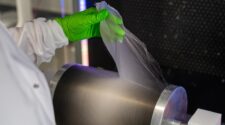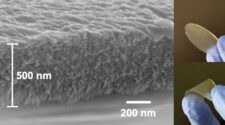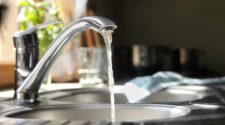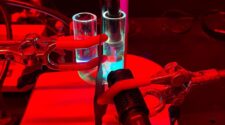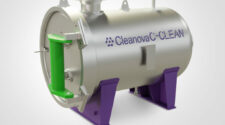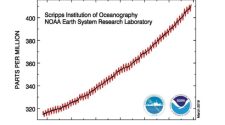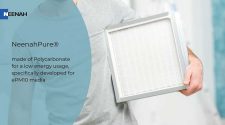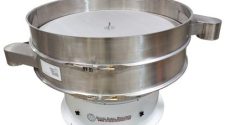Technology developed at The University of Queensland can remove harmful “forever chemicals” – known as PFAS – from water so they can be used in renewable batteries.
Researchers at The University of Queensland ’s Australian Institute for Bioengineering and Nanotechnology have made a filter which quickly and cleanly captures per- and polyfluoroalkyl substances (PFAS). The filter contains a patented sorbent solution that uses an ion-exchange technique to isolate and remove the PFAS particles as the water passes through it.
Dr. Cheng Zhang, a polymer chemist at the university, said fluorine-based materials can be harvested from the filter and he’s working on using them to improve clean energy technology.
“People are increasingly aware of the risks that PFAS poses to human health, and how long these chemicals persist in the natural environment,” he said.
“Not only does our filter technology remove harmful particles from water, those captured chemicals are available to be repurposed to help decarbonize the planet.
“The increasing demand for high-performance rechargeable batteries means manufacturers are constantly searching for new materials that improve the energy density, safety and cycling stability of batteries. Recycled PFAS has excellent properties for this purpose,” he said.
Pilot Testing
Having successfully tested a prototype of the PFAS filter in a laboratory, Dr. Zhang and
Professor Jianhua Guo from UQ’s Australian Centre for Water and Environmental Biotechnology will at a later date start pilot testing in Brisbane and the U.S. with $1 million backing from the Advance Queensland Industry Research Projects program.
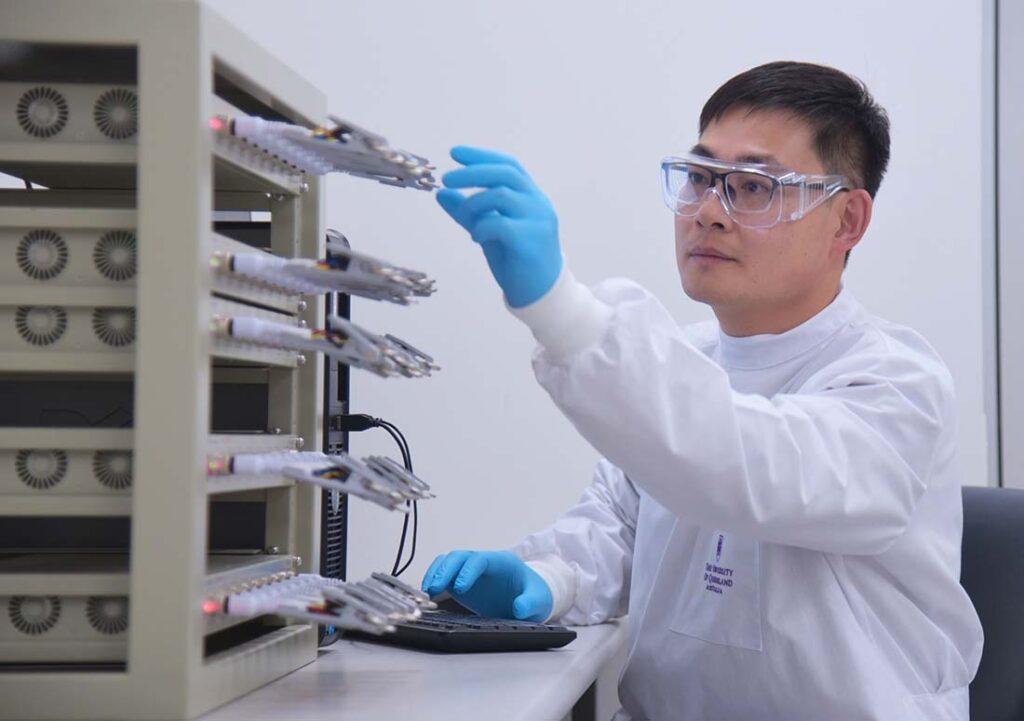
Testing is being planned for a range of sites including the Luggage Point Sewage Treatment Plant with water management company GHD, project management firm OCTA, and the Queensland Department of Environment, Science and Innovation.
Scheduled for the second year of the project, an additional pilot site will be established to scale up testing.
“These demonstrations will be pivotal to scaling up our filter technology for use in industrial water infrastructure,” Dr. Zhang said. “If this testing goes as we believe it will, we hope to reach commercial production within three years.”
History of PFAS
PFAS are synthetic chemicals used in consumer and industrial products because of their ability to resist heat, stains, grease and water but they persist in the environment and have been linked to a range of potential human health problems.
Much work has been done globally to eliminate PFAS from consumer and industrial products after government agencies and researchers began to take a closer look at the chemicals some 30 years ago. Awareness of potential health issues related to PFAS began surfacing in the 1970s, and even in the 1950s there were some concerns. In January 2024 the Environmental Protection Agency (EPA) in the U.S. finalized a rule that prevents companies from starting or resuming manufacturing of certain PFAS without an extensive EPA review.
Companies have made great leaps in finding replacements for PFAS in consumer and industrial goods. In addition, there are several processes and filters on the market that seek to remove PFAS from drinking and other bodies of water, where much of the PFAS end up, causing potential health issues for people.
This article was first published by The University of Queensland, Australia: uq.edu.au



